detail

MDF Shelving

loaded kitchen shelves

floating study shelves

drinks cupboard with adjustable shelf

oak alcove book shelves

nook with wall-e and friends

cupboards and shelves with undetectable false book ends

wardrobe nearing completion

ready for painting

shelves under a roof

shelves in a shed

CAD screenshot of set design

ready for action

ghostly set

Magdalen College Oxford

perspex pigeon holes


Thursday, 20 April 2017
I'm thinking of the individual spaces within a bookcase here
- the height between shelves, the depth from front to back and the width
between uprights.
Small books: some paperbacks measure only about 180mm high
(A Format books: 178mm, Penguin 181mm), so a shelf height of just 200mm (about
8") might be considered adequate in extreme cases.
Minimum depth 152mm (6") but more usually about190mm
(7½").
Medium sized books:
(B Format 198mm, Demy 216mm, A5 210mm, Royal 234mm) In practice there's a
variety of book sizes on most shelves and I suggest that a shelf height of less than 255mm (10") can look a bit
cramped.
For most books I recommend a shelf height of between 260mm
(10¼") and 305mm (12").
Depth between 240mm (9½") and 305mm (12").
Large books: I
have several ("coffee table") books which are around 380mm (15")
from top to bottom. In most cases you wouldn't need shelf space high enough for
these, as they can just as well lie horizontally.
Records: I would
allow at least 330mm (13") to allow for the generous size of some box sets.
Depth also 330mm (13").
CDs: I suggest a
minimum height of 135mm (5¼") and it's useful to install a backstop 147mm
(5¾") from the front edge to stop the CDs sliding away from your grasp.
Sheet music: most
of my sheet music lies flat, and so do quite a few of my music books. The height of the shelf can be quite
small - that can help with keeping the music sorted into identifiable sections
- from around 155mm (6").
I recommend a depth of 255mm (10") and width of 375mm
(14¾").
Ring binders:
they need about the same height as records.
Document wallets:
height 305mm (12") depth 380mm
(15") width no more than 500mm (19¾").
Every instance is also dependant on the space available and
how the bookcase would look in the room. You might want to leave spaces for
windows, ornaments, displays, musical instruments or box files...
Width: this depends on the size of the available space, the
appearance of the bookcase and the strength of the material. Wooden shelves can
in theory span 750mm to 1000mm (about 30" to 40") but this seldom
looks right, as the broad width tends to conflict with the vertical emphasis of
the books themselves. With 18mm mdf (which is smoother than wood and not given
to warping) I would suggest that the maximum span for a book shelf would be 510mm (20") to
avoid sag. The span can be increased with thicker material (e.g. 25mm mdf) or
gluing pieces together in an mdf sandwich.
Subscribe to:
Post Comments (Atom)













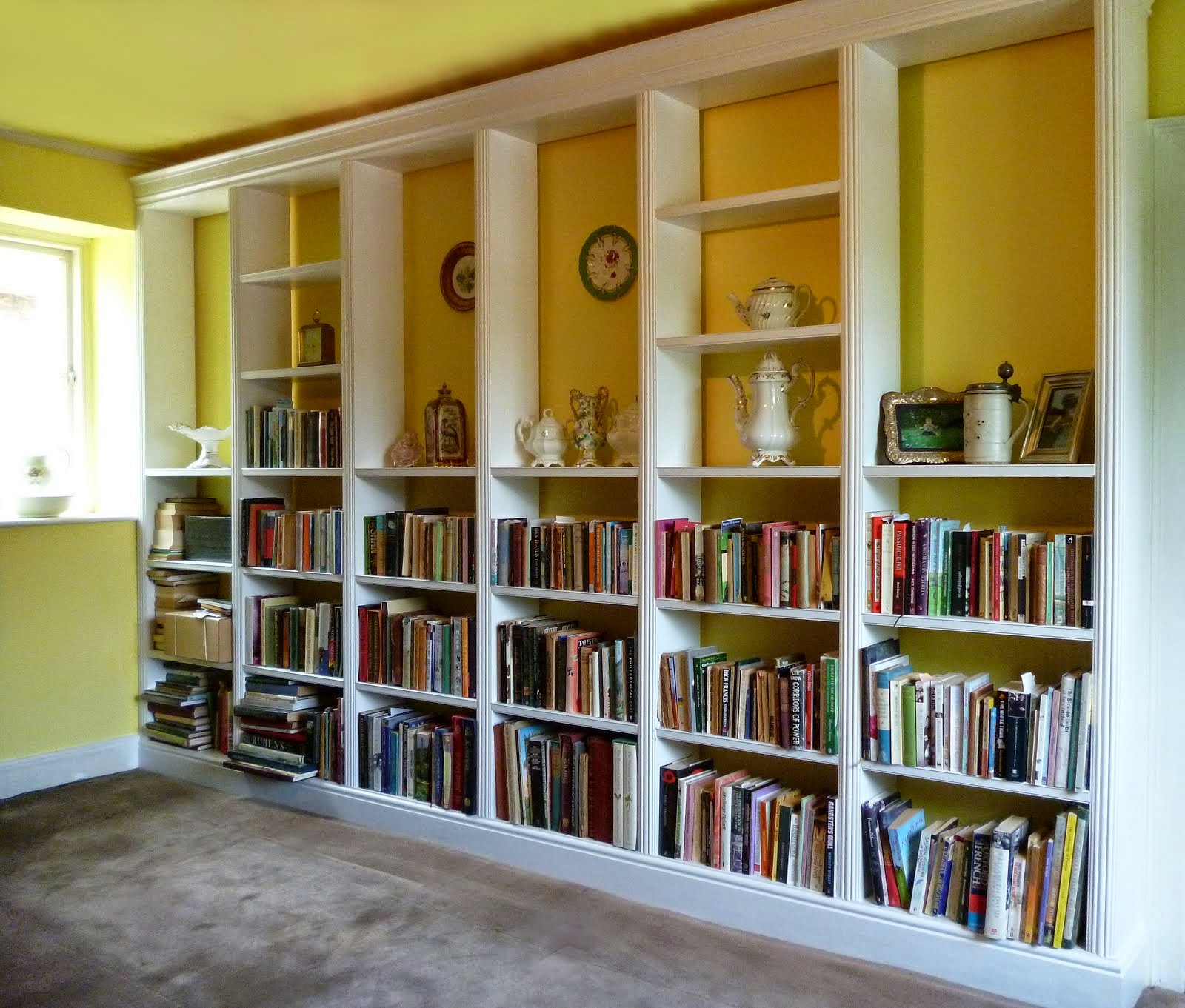


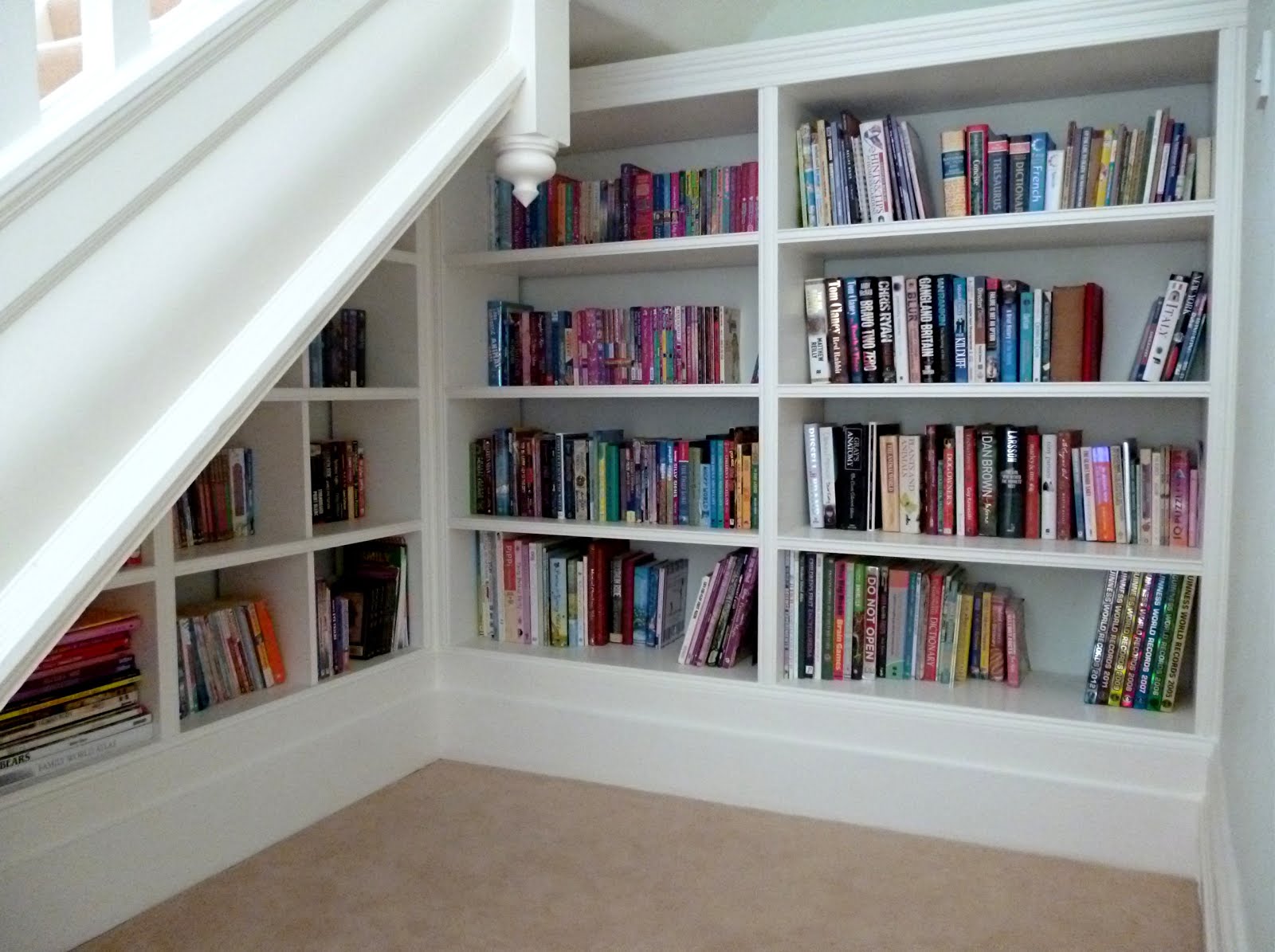




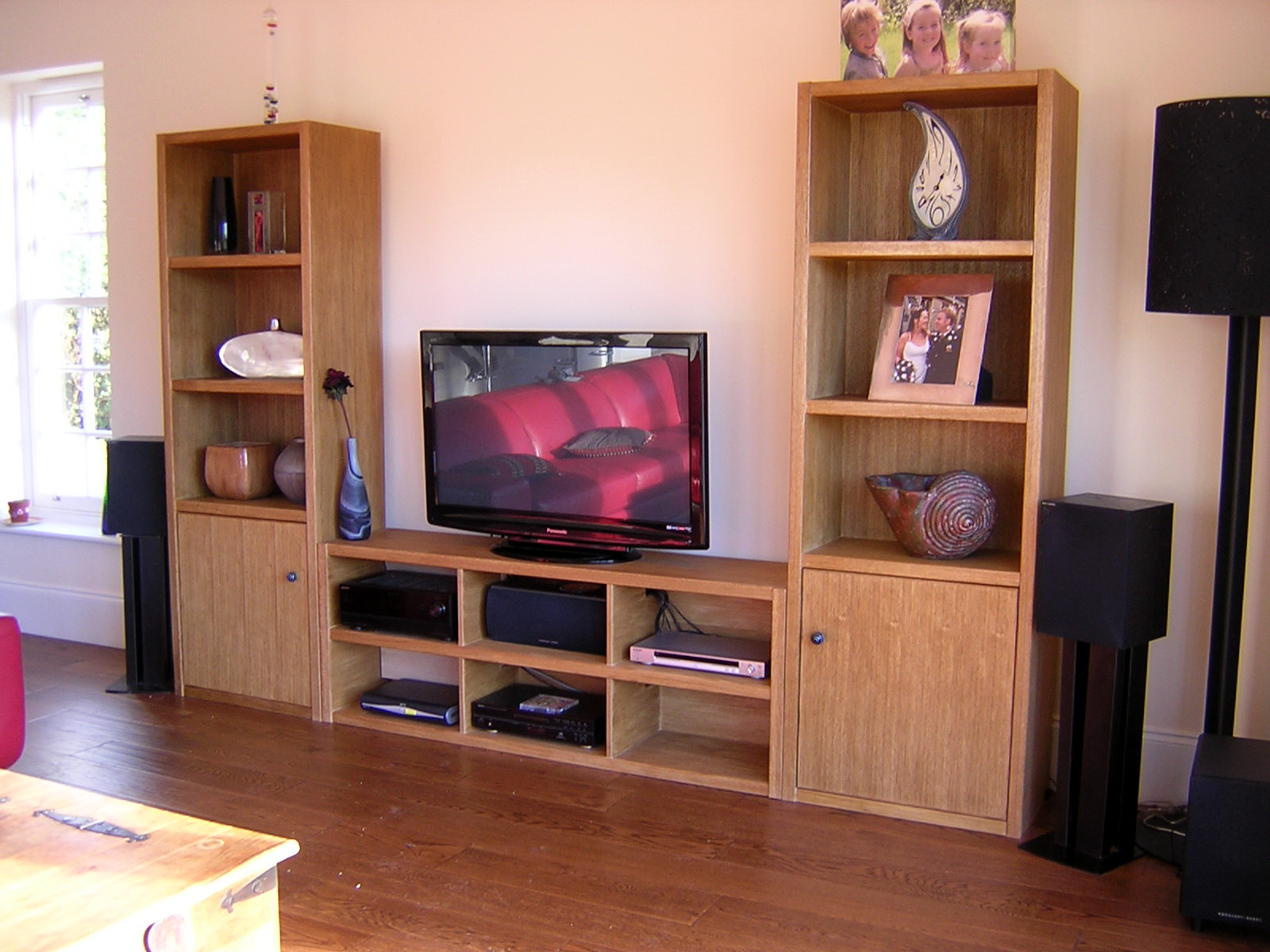










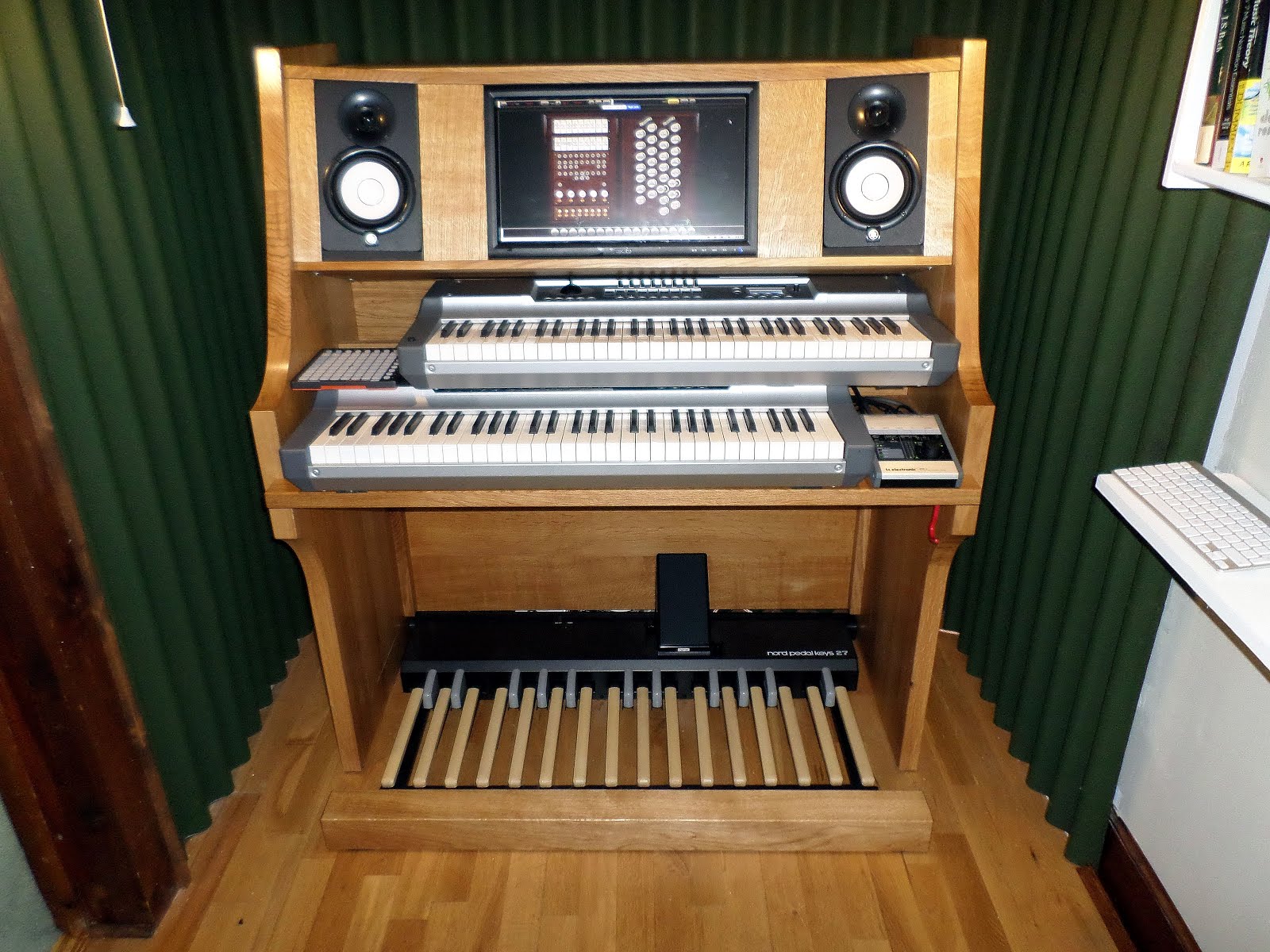










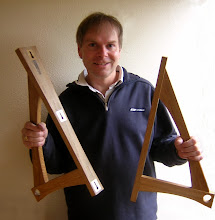







Wow, I am so amazed by the information shared in this blog about wardrobes and furniture. It has clearly changed mind with reference to using the old school furniture types over bespoke ones. I will surely try these as soon as possible, and it will be a good experience too. Suggest all to have a go through with this post.
ReplyDeleteBespoke Furniture London | Built In Wardrobe London | Bespoke Fitted Furniture London | Luxury Bespoke Furniture London | Bespoke Furniture Company London Company | Wardrobe Designer London | Custom Wardrobes London | Luxury Wardrobe London | Bespoke Fitted Wardrobes
TVs look boring sitting on a table of any kind. TV stands and tables are bulky and for all the “aesthetic appeal” they supposedly bring, they are champions of cluttering up your living room. Let’s be real, there is no functional reason for you to add another bulky piece of furniture to your living room- if you can avoid it. mount for 65 inch tcl
ReplyDelete